Home>Storage Ideas>Living Room Storage>Minimalist Living Room Ideas: 15 Inspiring Pared Back Looks
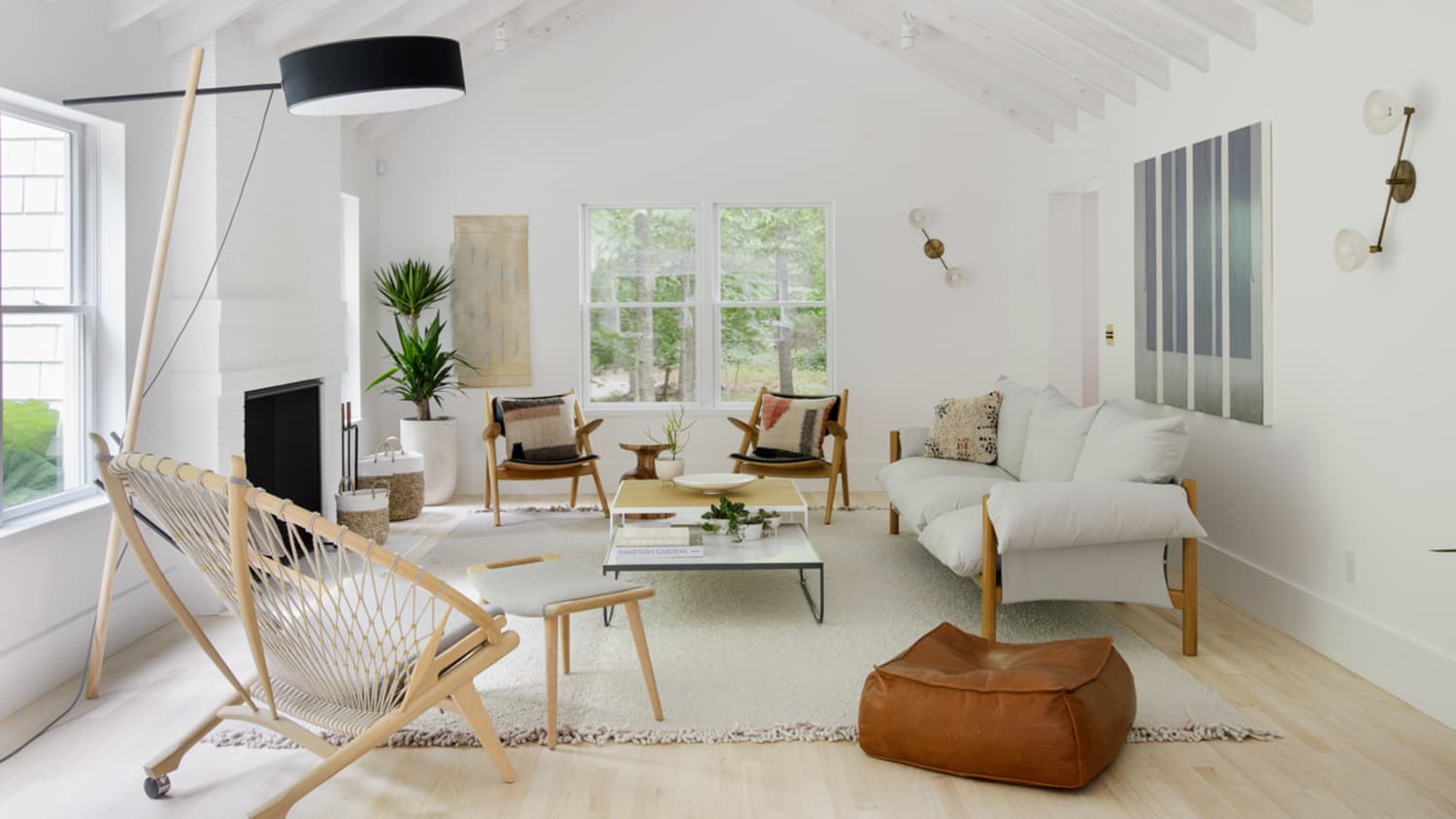

Living Room Storage
Minimalist Living Room Ideas: 15 Inspiring Pared Back Looks
Modified: March 19, 2024
Discover 15 inspiring minimalist living room ideas with stylish and functional storage solutions. Create a clutter-free space with these pared-back looks.
(Many of the links in this article redirect to a specific reviewed product. Your purchase of these products through affiliate links helps to generate commission for Storables.com, at no extra cost. Learn more)
Introduction
Welcome to the world of minimalist living room design! If you’re looking to create a serene and clutter-free space that exudes simplicity and elegance, you’ve come to the right place. A minimalist living room is all about embracing the “less is more” mindset, focusing on essential elements, and harnessing the power of clean lines and open spaces. In this article, we will explore 15 inspiring minimalist living room ideas that will help you achieve a pared-back look that is both beautiful and functional.
Minimalism is not just a design trend; it’s a lifestyle choice that promotes intentional living and mindful consumption. By embracing minimalism in your living room, you can create a space that is visually soothing, promotes relaxation, and encourages a sense of calm. A minimalist living room is a sanctuary where you can unwind, connect with loved ones, and enjoy the simple pleasures of life.
Now, let’s dive into the world of minimalist living room design and discover how you can transform your space into a serene oasis.
Key Takeaways:
- Embrace minimalism in your living room by using a neutral color palette, decluttering, and incorporating natural materials to create a serene and harmonious environment that promotes relaxation and well-being.
- Incorporate multifunctional furniture, mindful technology use, and personal touches to infuse your minimalist living room with functionality, authenticity, and a sense of joy while maintaining a clean and uncluttered aesthetic.
Neutral Color Palette
A neutral color palette is the foundation of a minimalist living room. It sets the tone for simplicity and allows other elements to shine. Opt for shades of white, beige, gray, or taupe to create a calming and cohesive look.
Neutral colors create a sense of space and openness, making your living room feel larger and more airy. They also provide a versatile backdrop that can easily be complemented with accent colors or changed with the seasons.
When using a neutral color palette, aim for a mix of warm and cool tones to add depth and dimension to your space. Layer different shades and textures to create visual interest, and consider using varying finishes like matte, satin, or glossy to add subtle variation.
Don’t be afraid to experiment with different neutral shades and find what works best for your space. Remember, the goal is to create a harmonious and serene environment, so choose colors that resonate with you and create a sense of tranquility.
In addition to the walls, use neutral colors for your furniture and accessories. Choose upholstery in shades of white or gray, and opt for natural wood finishes for tables and cabinets. By keeping the color palette consistent throughout the room, you ensure a cohesive and minimalist look.
Remember, simplicity is key. Avoid using too many different colors or patterns as it can disrupt the calming aesthetic of the space. Instead, focus on creating a serene and unified atmosphere with a neutral color palette.
Decluttered Space
A clutter-free living room is essential for a minimalist design. The key to achieving a decluttered space is to carefully evaluate each item and only keep what is essential and meaningful to you.
Start by removing any unnecessary items from your living room. This includes old magazines, excess throw pillows, decorative knick-knacks, and unused electronics. Clutter can make a space feel chaotic and overwhelming, so it’s crucial to create a sense of order and simplicity.
Next, find designated homes for the items that remain in your living room. Invest in storage solutions such as sleek cabinets, floating shelves, or multi-functional furniture like ottomans with hidden storage compartments.
Ensure that everything has a place and make it a habit to put things back in their designated spot after use. This will not only keep your living room tidy but also make it easier to maintain a minimalist aesthetic.
Another helpful tip for creating a clutter-free space is to embrace minimalism in your storage solutions. Opt for furniture pieces with built-in storage or minimalistic open shelving units that showcase your belongings in a thoughtful and organized way.
By decluttering your living room, you create a serene and peaceful environment that allows you to fully enjoy the beauty and functionality of the space. Remember, less is more when it comes to minimalism, and a clutter-free living room is the perfect embodiment of this philosophy.
Simple Furniture
When it comes to a minimalist living room, the furniture you choose plays a crucial role in creating a clean and streamlined aesthetic. Opt for simple, sleek, and functional furniture pieces that serve their purpose without unnecessary embellishments.
Start by focusing on the essentials – a comfortable sofa, a coffee table, and a few chairs. Stick to clean lines and minimalist silhouettes. Choose furniture with legs to create a sense of lightness and openness in the space.
When selecting materials for your furniture, opt for natural and timeless options such as wood, leather, or cotton. These materials not only add warmth and texture to the room but also age beautifully, giving your living room a sense of character and longevity.
Avoid furniture with bulky frames or excessive ornamentation, as they can detract from the minimalist aesthetic. Instead, opt for furniture pieces with simple geometric shapes and neutral colors that blend seamlessly with the overall design of the space.
Consider investing in multifunctional furniture to optimize the use of your living room. For example, choose a coffee table with built-in storage or a sofa that can be converted into a guest bed. Not only will this save you space, but it will also enhance the functionality of your living room.
Remember that minimalist living room furniture is not just about appearance; it should also be comfortable and durable. Look for pieces that are well-crafted and made to withstand daily use, ensuring that they will stand the test of time.
By choosing simple furniture that blends seamlessly with your minimalist design, you create a cohesive and visually pleasing living room that is both functional and aesthetically pleasing.
Natural Materials
Bringing the beauty of nature into your minimalist living room is a great way to add warmth and texture to the space. Incorporating natural materials not only enhances the visual appeal but also promotes a sense of calm and tranquility.
One of the key elements of a minimalist design is the use of natural materials such as wood, stone, and rattan. These materials have a timeless quality and create a connection with the natural world.
When selecting furniture, opt for pieces made from solid wood or reclaimed wood. The natural grain and warmth of wood add a touch of organic beauty to your living room. Look for furniture with simple and clean lines that allow the natural material to take center stage.
In addition to furniture, consider incorporating natural elements through accessories such as woven baskets, ceramic pottery, or jute rugs. These pieces not only add visual interest but also bring a sense of earthiness and texture to the room.
Another way to introduce natural materials is through the use of plants. Adding greenery to your minimalist living room not only purifies the air but also brings life and vibrancy to the space. Choose low-maintenance plants such as succulents or snake plants that require minimal care.
When it comes to flooring, consider using natural materials such as hardwood, bamboo, or polished concrete. These materials are not only eco-friendly but also blend seamlessly with the minimalist aesthetic, providing a sleek and clean backdrop for your living room.
By incorporating natural materials into your minimalist living room, you create a harmonious and earthy ambiance that promotes a sense of serenity and connection to the natural world.
Functional Storage Solutions
In a minimalist living room, keeping belongings organized and out of sight is essential to maintain a clean and streamlined aesthetic. Functional storage solutions play a crucial role in achieving this goal, allowing you to store items efficiently while keeping the space clutter-free.
One of the first steps in creating functional storage is to assess your needs and determine what items you need to store. This will help you identify the best storage solutions for your living room.
Consider incorporating furniture pieces that offer built-in storage, such as coffee tables with hidden compartments or sofas with storage ottomans. These versatile pieces not only provide additional seating or surface space but also offer discreet storage options for items like blankets, books, or remote controls.
Utilize vertical space by installing shelving units or floating shelves on the walls. This allows you to display decorative items or store books and magazines, keeping them within easy reach while maintaining a minimalist look.
Invest in sleek and minimalistic storage cabinets or credenzas to keep additional items out of sight. Opt for designs with clean lines and simple finishes that seamlessly blend with the overall aesthetic of your living room.
For smaller items or everyday essentials, consider using stylish storage baskets or boxes. These can be placed on shelves or tucked away in cabinets, providing a clutter-free solution while adding visual interest to the space.
Maximize your storage solutions by adopting a minimalistic mindset. Regularly declutter and reevaluate your belongings to ensure that you are only keeping what is necessary and meaningful to you. This will help maintain a minimalist and organized living room in the long run.
By incorporating functional storage solutions that are both practical and visually appealing, you can keep your living room tidy and ensure that everything has a designated place, allowing the beauty of the space to shine through.
Minimalist Lighting
Lighting plays a vital role in setting the mood and ambiance of a minimalist living room. It is essential to choose lighting fixtures that are not only functional but also align with the simplicity and clean lines of the overall design.
In a minimalist living room, natural light is your best friend. Optimize the amount of natural light by keeping windows uncovered or using sheer curtains that allow light to pass through while maintaining privacy. Natural light not only creates a bright and airy atmosphere but also enhances the spaciousness of the room.
When it comes to artificial lighting, opt for simple and minimalistic fixtures. Avoid overly decorative or ornate pieces that can distract from the minimalist aesthetic. Instead, choose lighting fixtures with clean lines and understated designs.
Consider installing recessed or track lighting to provide general illumination in the room. These types of lighting fixtures create a sleek and unobtrusive look, blending seamlessly with the ceiling and walls.
Incorporate task lighting to illuminate specific areas for reading or other activities. Choose minimalist desk lamps or floor lamps with adjustable arms to provide focused lighting where needed. These functional lighting fixtures can also serve as stylish accents in your living room.
Add ambient lighting to create a warm and inviting atmosphere. Use floor or table lamps with soft, diffused light to enhance the cozy ambiance of the space. Consider using dimmer switches to adjust the intensity of the light, allowing you to create the desired mood for different occasions.
Remember, the goal of minimalist lighting is to create a serene and harmonious environment. Light fixtures should blend seamlessly with the overall design and not detract attention from other focal points in the room.
By choosing minimalist lighting fixtures and maximizing natural light, you can create a well-lit living room that exudes simplicity and elegance, enhancing the overall minimalist aesthetic.
Use of Negative Space
Negative space, also known as white space, is the empty or unoccupied area in a design. In minimalist living room design, the strategic use of negative space is key to achieving a visually pleasing and balanced aesthetic.
Embracing negative space allows your living room to breathe and creates a sense of calmness and simplicity. It provides a visual respite and allows the eye to focus on the essential elements of the room.
One way to incorporate negative space is by choosing furniture pieces that are appropriately scaled for the room. Avoid overcrowding the space with too many large or bulky items. Instead, select a few well-proportioned pieces that create a sense of openness.
Arrange your furniture in a way that allows for easy movement and flow. Leave enough space between pieces to create a sense of balance and to avoid a cluttered look. This will not only enhance the aesthetic appeal but also improve the functionality of the living room.
Another way to incorporate negative space is through minimalist wall decor. Choose a few carefully curated pieces of artwork or wall hangings and allow them to stand out against a clean, unadorned wall. This not only creates a sense of visual interest but also emphasizes the simplicity and elegance of the space.
When it comes to styling shelves or bookcases, consider leaving empty spaces between items instead of overcrowding them with too many objects. The negative space between books or decorative items creates a sense of balance and gives each item room to breathe and be appreciated.
Incorporating negative space into your living room design requires a mindful and thoughtful approach. It’s about finding the right balance between filling the room with essential elements and allowing enough empty space for visual harmony.
By embracing negative space, you create a living room that feels open, airy, and uncluttered. The result is a space that promotes relaxation, enhances the minimalist aesthetic, and allows for a greater appreciation of the design elements within it.
Statement Piece
Incorporating a statement piece in your minimalist living room is a fantastic way to add a focal point and infuse personality into the space. A statement piece can be a bold furniture item, a unique art installation, or a standout accessory that captures attention and becomes the centerpiece of the room.
When selecting a statement piece, choose something that resonates with your personal style and complements the overall minimalist aesthetic of the room. It should be a visually striking item that stands out while still maintaining a sense of harmony with the rest of the space.
An oversized piece of artwork can serve as a statement piece, drawing the eye and adding visual interest to a blank wall. Opt for a single large piece or a carefully curated gallery wall that showcases a collection of meaningful artwork.
If you prefer a furniture-focused statement piece, choose a unique sofa, accent chair, or coffee table that makes a bold statement. Look for interesting shapes, textures, or colors that add character to the room without overwhelming the minimalist design.
Another option for a statement piece is a dramatic lighting fixture. Whether it’s a modern chandelier, a sculptural pendant light, or an artistic floor lamp, an eye-catching light fixture can serve as a stunning centerpiece in your living room.
When incorporating a statement piece, be mindful of the overall scale and proportion of the room. Balance is key – ensure that the statement piece does not overpower the space or make it feel cluttered. It should be the focal point, but still allow the other elements of the room to shine.
Remember, a statement piece should be thoughtfully chosen and make a personal statement about you and your style. It adds a layer of interest and uniqueness to your minimalist living room, making it a space that truly reflects your personality.
By incorporating a statement piece, you bring a dynamic element to your minimalist living room and elevate its design to the next level.
When creating a minimalist living room, focus on choosing a few high-quality, versatile furniture pieces and keep the color palette simple to create a clean and uncluttered space.
Textures and Patterns
While minimalism often emphasizes clean lines and simplicity, incorporating textures and patterns into your minimalist living room can add depth and visual interest to the space.
Textures play a crucial role in creating a tactile and inviting atmosphere. Include a variety of textures such as soft fabrics, cozy knits, smooth metals, or natural materials like wood or stone. These different textures add warmth and create a balanced contrast within the minimalist design.
When introducing patterns, opt for subtle and understated options that complement the overall aesthetic of the room. Geometric patterns or simple stripes can add a touch of visual intrigue without overwhelming the space. Consider incorporating patterns through throw pillows, area rugs, or artwork.
Layering different textures and patterns can create a visually dynamic space while still maintaining a minimalist look. For example, pair a smooth leather sofa with a textured wool rug or combine a minimalistic patterned wallpaper with solid-colored furniture.
It’s important to strike a balance and not go overboard with too many textures and patterns. Aim for a cohesive and harmonious mix that enhances the overall visual appeal without creating visual chaos.
When using textures and patterns, keep the color palette in mind. Stick to a neutral color scheme or limit the number of colors to maintain a refined and minimalist look. By doing so, the textures and patterns will stand out and become focal points rather than overwhelming the space.
Remember, the goal is to create a space that is visually engaging and inviting without losing the simplicity and tranquility of a minimalist design. With thoughtful selection and careful curation, textures and patterns can beautifully enhance your minimalist living room.
Incorporate Plants
Bringing the beauty of nature indoors by incorporating plants is a wonderful way to infuse life and freshness into your minimalist living room. Plants not only add visual appeal but also provide numerous health benefits, making them a perfect addition to any space.
When selecting plants for your living room, choose varieties that thrive in indoor conditions and require low maintenance. Succulents, snake plants, pothos, and peace lilies are excellent options that can handle different light conditions and are easy to care for.
Place plants strategically throughout your living room to create a sense of balance and harmony. You can use floor plants to fill empty corners, hang trailing plants from wall-mounted hooks, or display smaller potted plants on shelves or window sills.
In addition to adding a touch of nature, plants also have a calming effect and can improve air quality by filtering out toxins. They bring a sense of serenity and rejuvenation to the space, making your minimalist living room feel more vibrant and inviting.
Choose pots or planters that complement your minimalist design aesthetic. Opt for simple and clean-lined containers in neutral colors like white, black, or terracotta. This allows the focus to remain on the beauty of the plants themselves.
To maintain a minimalist look, be mindful of the number of plants you incorporate. Avoid cluttering the space with too many plants, as this can detract from the simplicity and openness you’re trying to achieve. Instead, select a few statement plants or a well-curated collection that adds visual interest without overwhelming the room.
Remember to care for your plants regularly by providing them with proper sunlight, watering, and occasional pruning. This ensures their longevity and keeps them looking their best.
Incorporating plants into your minimalist living room not only adds a natural element but also promotes a sense of well-being and harmony with the surrounding environment. They effortlessly blend with the simplicity and tranquility of the space, creating a serene oasis within your home.
Mindful Technology Use
In today’s digital age, technology is an integral part of our lives. However, in a minimalist living room, it is essential to approach technology use mindfully to maintain a serene and clutter-free environment.
One way to incorporate technology in a minimalist living room is by considering the placement and organization of devices. Keep wires and cords hidden as much as possible to avoid visual clutter. Use cord organizers or cable management solutions to keep them neatly tucked away.
When selecting electronics, choose sleek and minimalistic designs that blend seamlessly with the overall aesthetic of your living room. Opt for wall-mounted TVs or invest in stylish TV stands that keep the focus on the screen rather than the technology itself.
Use thoughtful storage solutions to keep electronic devices and accessories organized. Consider incorporating hidden storage compartments within furniture pieces or using technology-specific storage solutions to keep devices out of sight when not in use.
Implement a designated charging station to avoid having devices scattered throughout the room. A neat and organized charging area will help prevent unnecessary clutter on surfaces and ensure that devices are charged and ready when needed.
Mindful technology use also involves setting boundaries and consciously managing screen time. Create technology-free zones or designated periods of time where you disconnect from devices and focus on relaxation, conversation, or other activities that promote wellness.
Consider integrating smart home technology to simplify your living room experience. Voice-controlled devices or smart lighting systems can enhance convenience while reducing visual clutter. Ensure that these technologies are seamlessly integrated into the overall design and do not disrupt the minimalist aesthetic.
Remember, in a minimalist living room, technology should serve a purpose without overwhelming the space. By approaching technology use mindfully and incorporating it thoughtfully into the design, you can create a harmonious and balanced environment that promotes relaxation and a mindful lifestyle.
Balanced and Symmetrical Design
Achieving a balanced and symmetrical design is key to creating a visually pleasing and harmonious minimalist living room. Balance and symmetry create a sense of order and calmness, contributing to the overall serenity of your space.
To create balance, start by arranging your furniture and decor in a way that evenly distributes visual weight. Consider the size and shape of each item and place them in a way that creates a sense of equilibrium within the room.
Symmetry plays a significant role in minimalist design. It involves creating mirror images or arranging elements in a way that is equal or nearly equal on both sides of a central axis point. This can be achieved through symmetrical furniture placement, matching pairs of accessories, or using symmetrical patterns in artwork or textiles.
A symmetrical design can be achieved by centering key furniture pieces such as the sofa or coffee table in the middle of the room. Place matching accent chairs on either side, or hang identical artwork or wall sconces evenly spaced on the walls.
When arranging furniture, consider the flow and movement within the space. Avoid creating obstacles or narrow pathways that disrupt the sense of balance. Ensure that there is enough space around furniture pieces to create a comfortable and balanced environment.
Keep in mind that balance and symmetry do not mean everything must be identical or perfectly aligned. It’s about creating a sense of equilibrium and avoiding visual clutter or imbalance in the room.
Remember, incorporating elements of balance and symmetry into your minimalist living room helps create a visually pleasing and serene space. It promotes a sense of order and tranquility, allowing you to fully appreciate the simplicity and elegance of minimalism.
Read more: How To Declutter Your Living Room
Considered Use of Accessories
When it comes to a minimalist living room, the accessories you choose should be carefully selected and thoughtfully placed to enhance the overall design without overwhelming the space. The key is to strike a balance between functionality and aesthetics.
Start by decluttering and removing any unnecessary accessories from your living room. Keep only the pieces that hold meaning or serve a purpose in the space. This will help maintain a clean and minimalist look.
Choose accessories that align with the overall design aesthetic and reflect your personal style. Opt for high-quality pieces that will stand the test of time rather than trendy items that may quickly go out of style.
Keep in mind that minimalism is about quality over quantity. Instead of having an abundance of small, scattered items, focus on a few carefully curated accessories that make a significant impact.
Consider incorporating statement pieces that draw attention without overpowering the space. This could be a unique sculpture, a striking vase, or a thoughtfully chosen wall hanging or piece of artwork. These statement pieces add visual interest and become focal points within your living room.
When arranging accessories, aim for symmetry and balance. Whether it’s a pair of matching lamps, a set of candle holders, or a collection of decorative vases, arrange them in an organized and cohesive manner to create visual harmony.
Pay attention to the scale and proportion of your accessories. Avoid overwhelming small tables with large or bulky items. Instead, choose pieces that are appropriately sized and proportioned for the space.
Consider incorporating functional accessories that serve a purpose in your living room. Use decorative baskets or trays to store and organize items, or opt for stylish storage boxes that seamlessly blend with the overall design.
Lastly, embrace the power of negative space when displaying accessories. Allow your chosen pieces to breathe and have their own space. This will help maintain a clean and uncluttered look while allowing each item to shine on its own.
By carefully selecting and thoughtfully arranging accessories, you can add a touch of personality and style to your minimalist living room, enhancing its overall aesthetic appeal while maintaining the simplicity and tranquility of the space.
Multifunctional Furniture
In a minimalist living room, every piece of furniture should serve a purpose. That’s where the beauty of multifunctional furniture comes in. By incorporating furniture that serves multiple uses, you can maximize the functionality of your space while maintaining a clutter-free and streamlined aesthetic.
Start by identifying your needs and determining what functions you require from your furniture. For example, a sofa with a pull-out bed can serve as a comfortable seating area during the day and transform into a guest bed at night. A coffee table with built-in storage compartments provides a convenient place to rest your drinks while also offering space to stow away remote controls, blankets, or books.
Consider investing in ottomans or benches that offer hidden storage inside. These versatile pieces can serve as extra seating, footrests, or even as a coffee table when topped with a tray. They provide an efficient and stylish solution for storing items while minimizing clutter.
Another example of multifunctional furniture is a dining table that doubles as a workspace. Look for tables with drop-leaf extensions or ones that can be folded up against the wall when not in use. This allows you to utilize the space for meals or work while maintaining an open and uncluttered living room.
When selecting multifunctional furniture, pay attention to the quality and durability of the piece. Since these items serve multiple purposes, they need to withstand regular use and maintain their functionality over time.
Ensure that the multifunctional furniture you choose aligns with the overall aesthetic of your living room. Look for clean lines, minimalistic designs, and neutral colors that seamlessly integrate with your minimalist style.
Incorporating multifunctional furniture into your living room not only maximizes space but also allows for more flexibility and versatility in how you use the room. It eliminates the need for separate pieces of furniture and reduces clutter, creating a clean and organized living space.
By investing in multifunctional furniture, you can create a minimalist living room that is both practical and visually appealing, enhancing the functionality of the space while maintaining a sense of simplicity.
Personal Touch and Self-Expression
While minimalism emphasizes simplicity and clean lines, it doesn’t mean your living room should lack personality. In fact, incorporating personal touches and self-expression is an important aspect of creating a truly unique and inviting space.
Consider adding elements that reflect your interests, hobbies, or personal story. Display cherished family photos, travel mementos, or artwork that holds sentimental value. These personal touches add warmth and a sense of authenticity to your living room.
Showcase your favorite books or a collection that brings you joy. Arrange them on shelves or coffee tables in an intentional and visually appealing way. This not only adds a personal touch but also acts as a conversation starter and highlights your interests.
Integrate your favorite colors through accent pieces or cushions to inject vibrancy into the space. Choose colors that resonate with you and evoke positive emotions. This allows you to infuse your personal style while still maintaining the minimalist aesthetic.
Consider creating a dedicated space for your hobbies or interests within your living room. Whether it’s a reading nook, a yoga corner, or a record player setup, having a designated area for what you love adds a personal touch and makes the space more functional for your specific needs.
Embrace handmade or DIY elements as they add a personal and unique touch to your living room. Craft your own artwork, create custom-made accessories, or repurpose furniture to make it truly one-of-a-kind. This not only showcases your creativity but also contributes to a more sustainable and environmentally friendly approach to design.
Remember, the goal is to create a space that feels authentic and reflects your personality. While minimalism provides a framework, it’s important to incorporate your own personal touch and self-expression to make the space truly yours.
By infusing your living room with personal elements, you create a space that feels inviting, reflects your individuality, and fosters a sense of joy and well-being. It’s these personal touches that turn a minimalist living room into a truly unique and meaningful sanctuary.
Conclusion
Creating a minimalist living room is a journey of intentional design and mindful choices. Through careful selection of colors, furniture, storage solutions, and accessories, you can achieve a space that is both visually stunning and functional.
By embracing a neutral color palette, you set the foundation for a serene and cohesive environment. Decluttering and organizing your space ensure that only essential items remain, allowing for a clean and calm atmosphere. Simple furniture pieces with clean lines create an uncluttered look while providing comfort and functionality.
Incorporating natural materials, such as wood and plants, brings a sense of warmth and connection to the natural world. Functional storage solutions keep your living room organized and free from visual chaos, while minimalistic lighting enhances the ambiance.
Embracing negative space and incorporating balanced and symmetrical designs contribute to the overall harmonious aesthetic. Considered use of accessories adds personal touches and reflects your unique style and interests. Multifunctional furniture optimizes space while maintaining the minimalist aesthetic.
Lastly, don’t forget to infuse your living room with personal touches and self-expression. These elements add depth and authenticity to the space, making it truly yours and fostering a sense of joy and well-being.
In the end, a minimalist living room is not just about the design – it’s about cultivating a lifestyle that values simplicity, functionality, and mindful consumption. By creating a space that aligns with these principles, you set the stage for a serene and welcoming living room that promotes relaxation and enhances your overall well-being.
Frequently Asked Questions about Minimalist Living Room Ideas: 15 Inspiring Pared Back Looks
Was this page helpful?
At Storables.com, we guarantee accurate and reliable information. Our content, validated by Expert Board Contributors, is crafted following stringent Editorial Policies. We're committed to providing you with well-researched, expert-backed insights for all your informational needs.
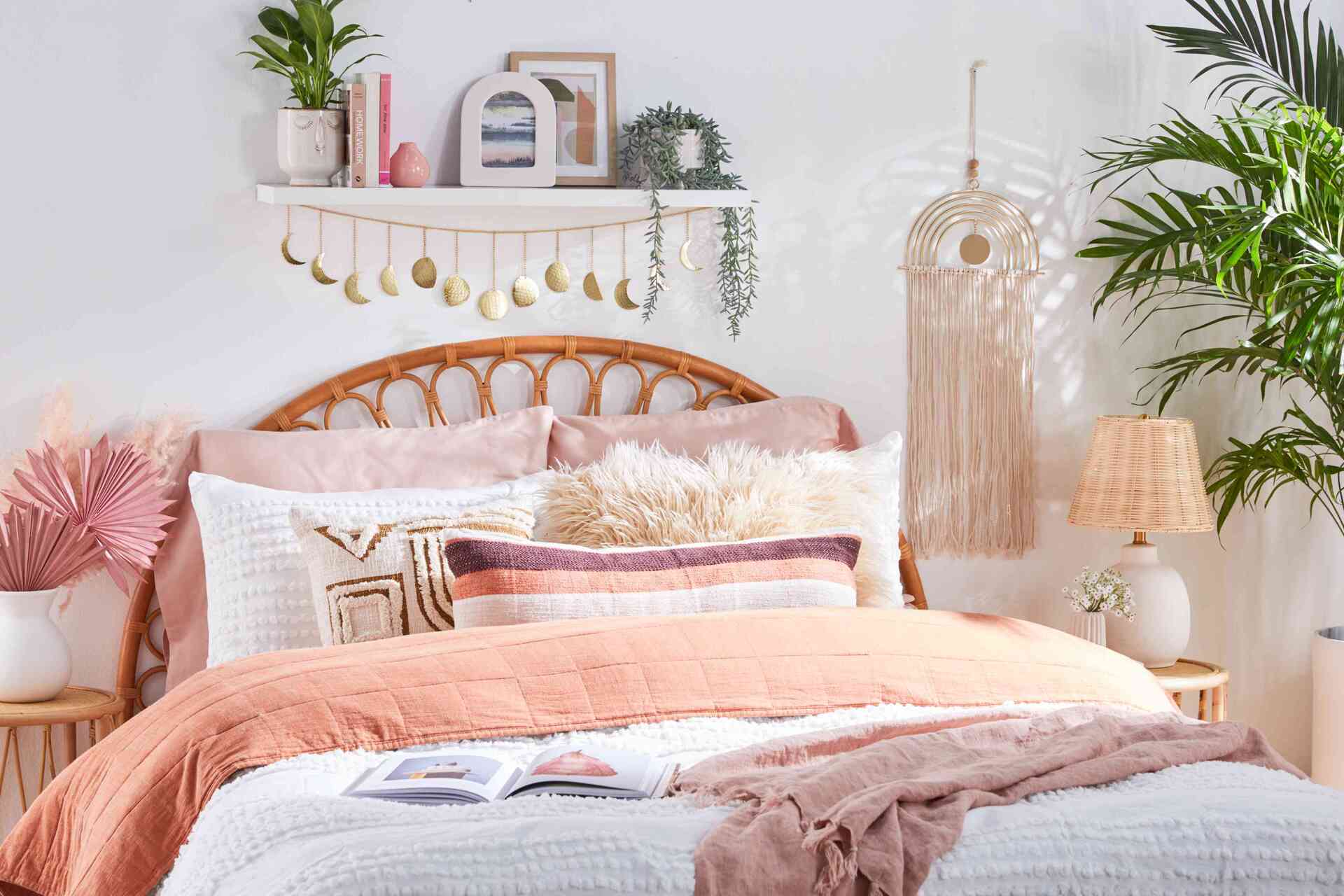
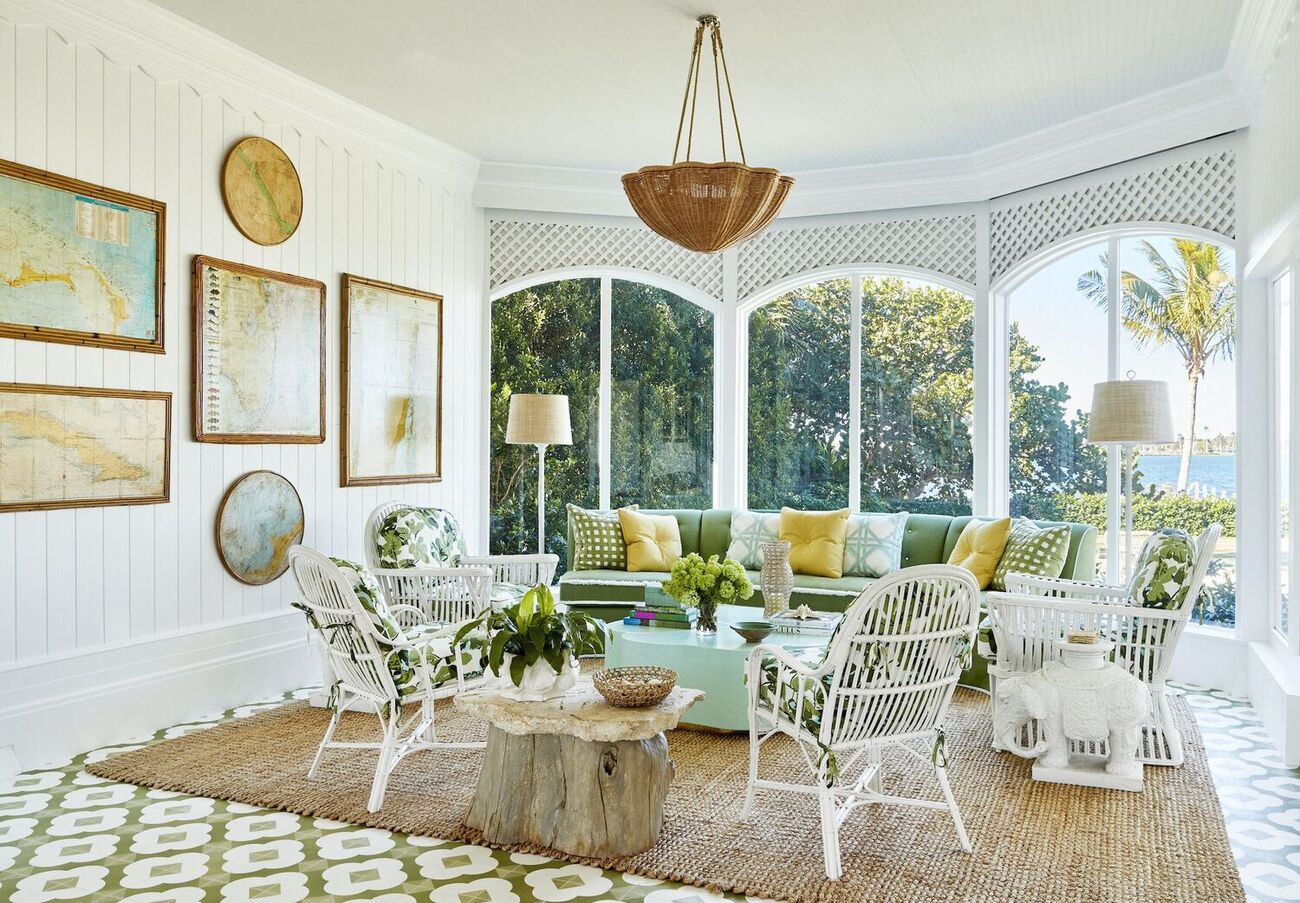
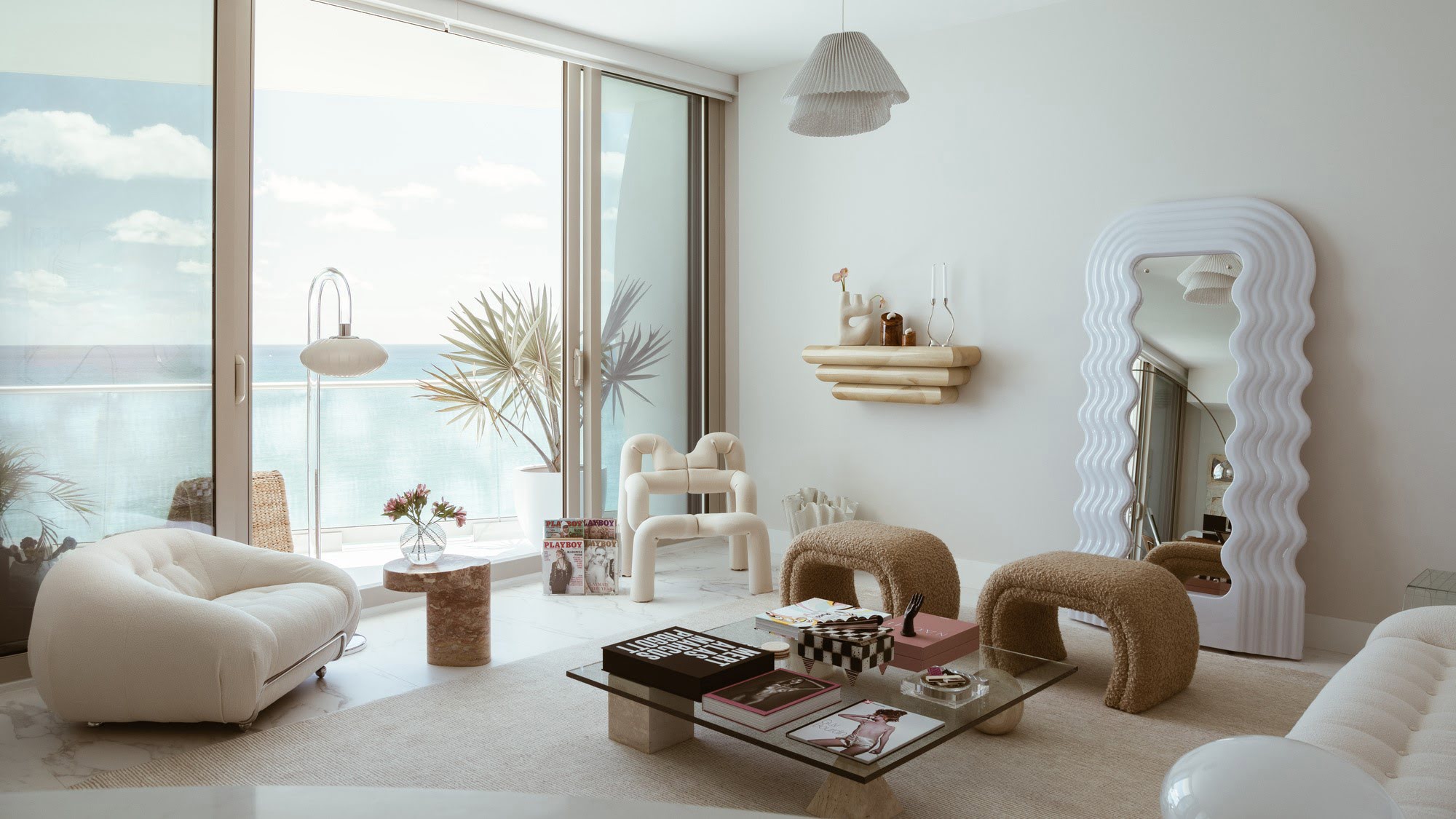
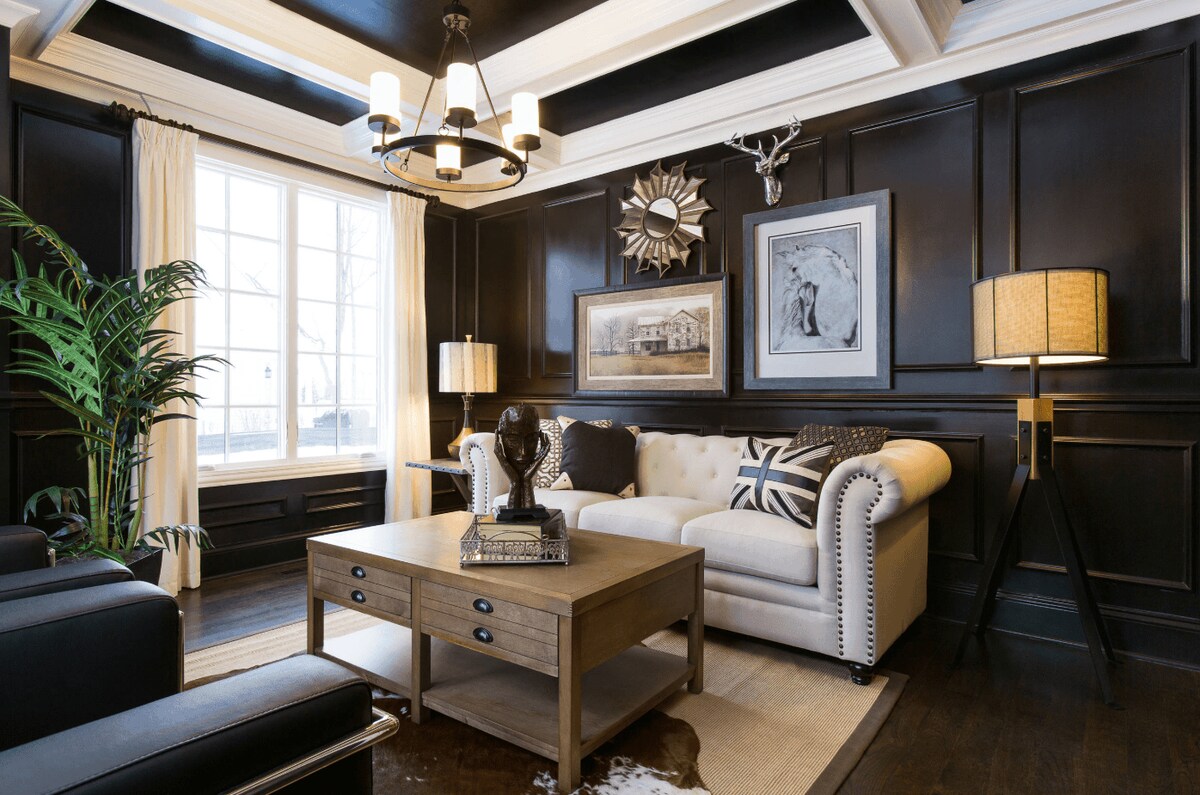
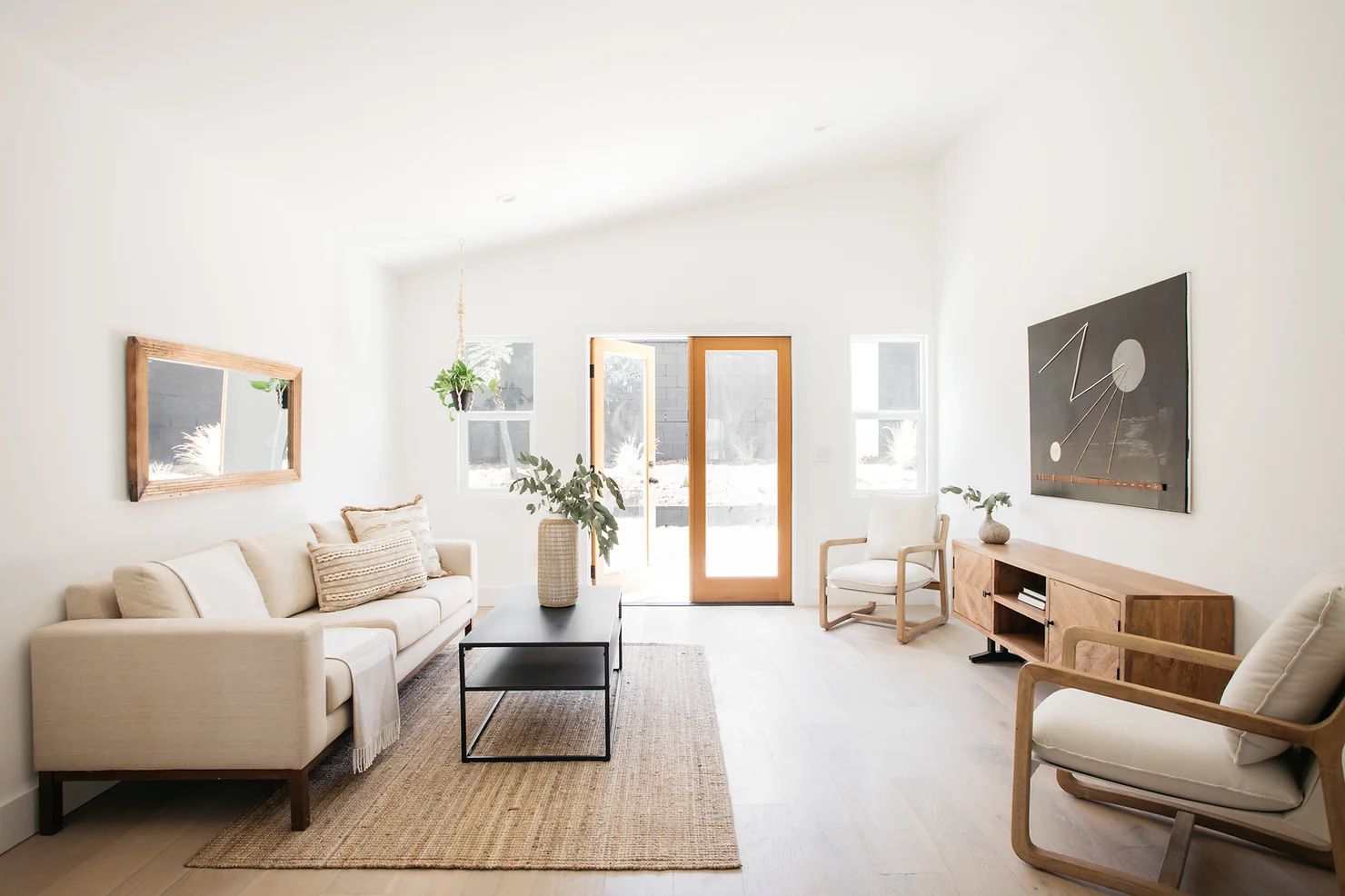
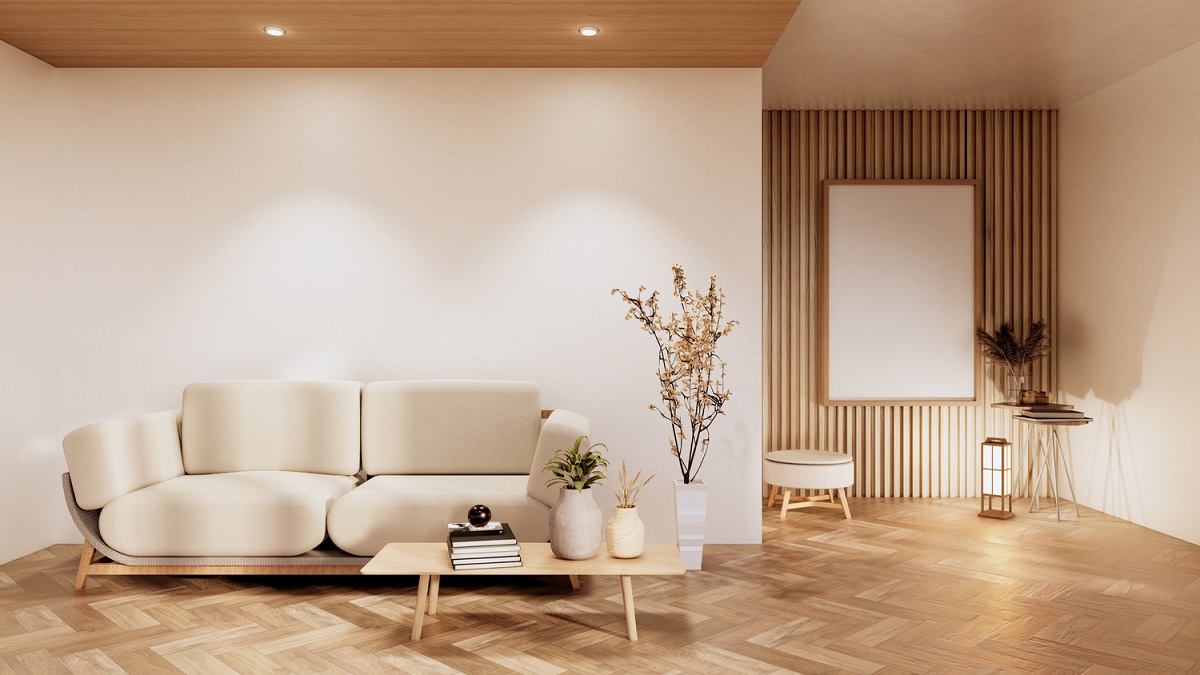
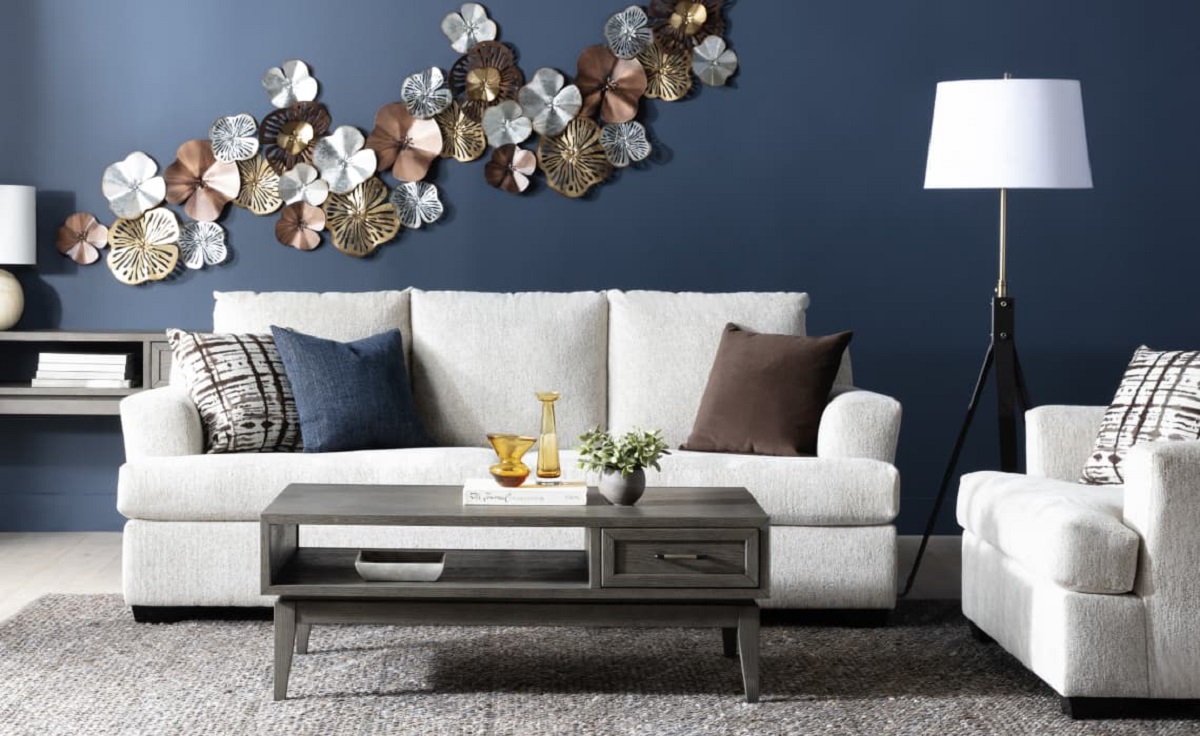
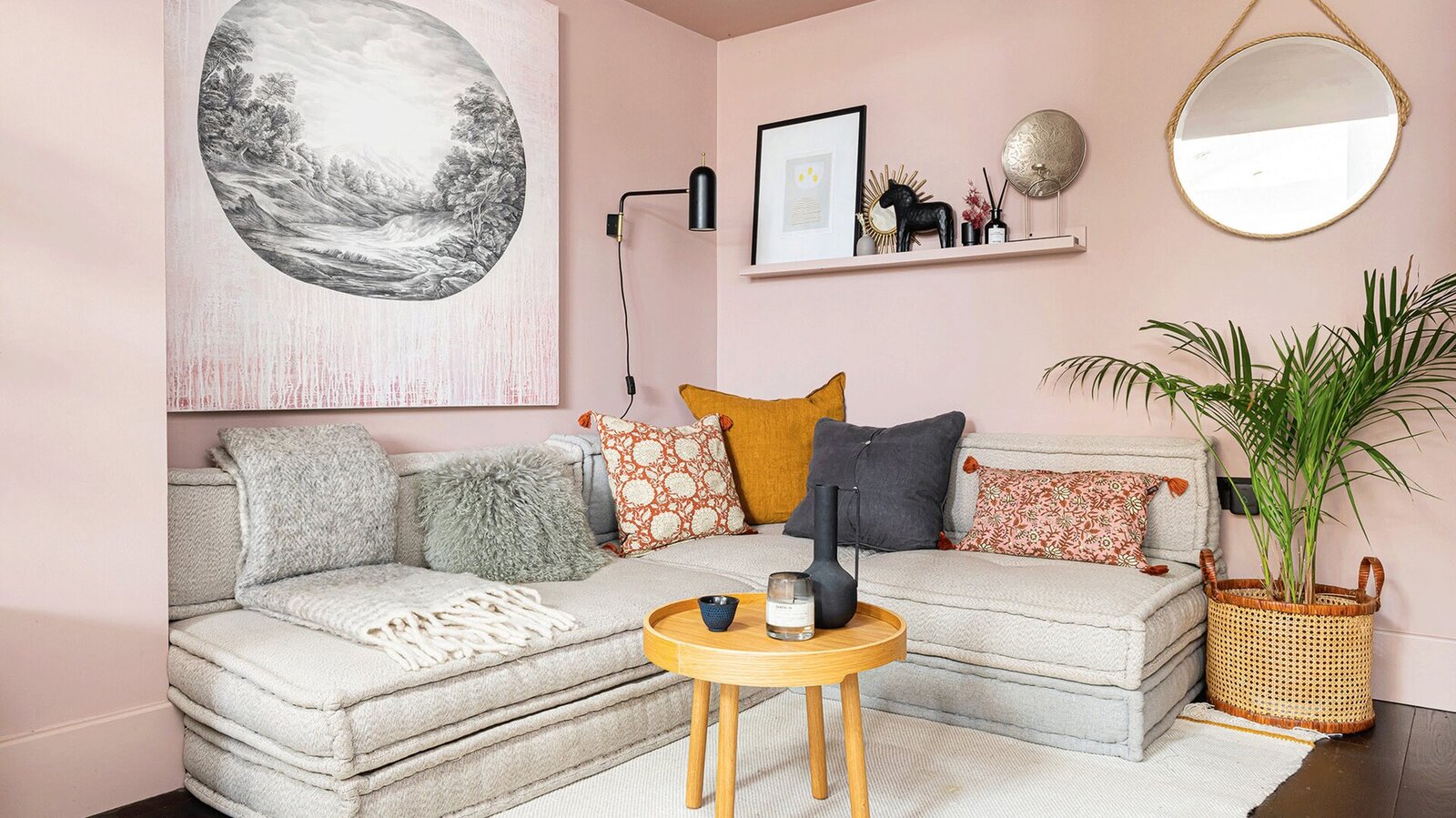
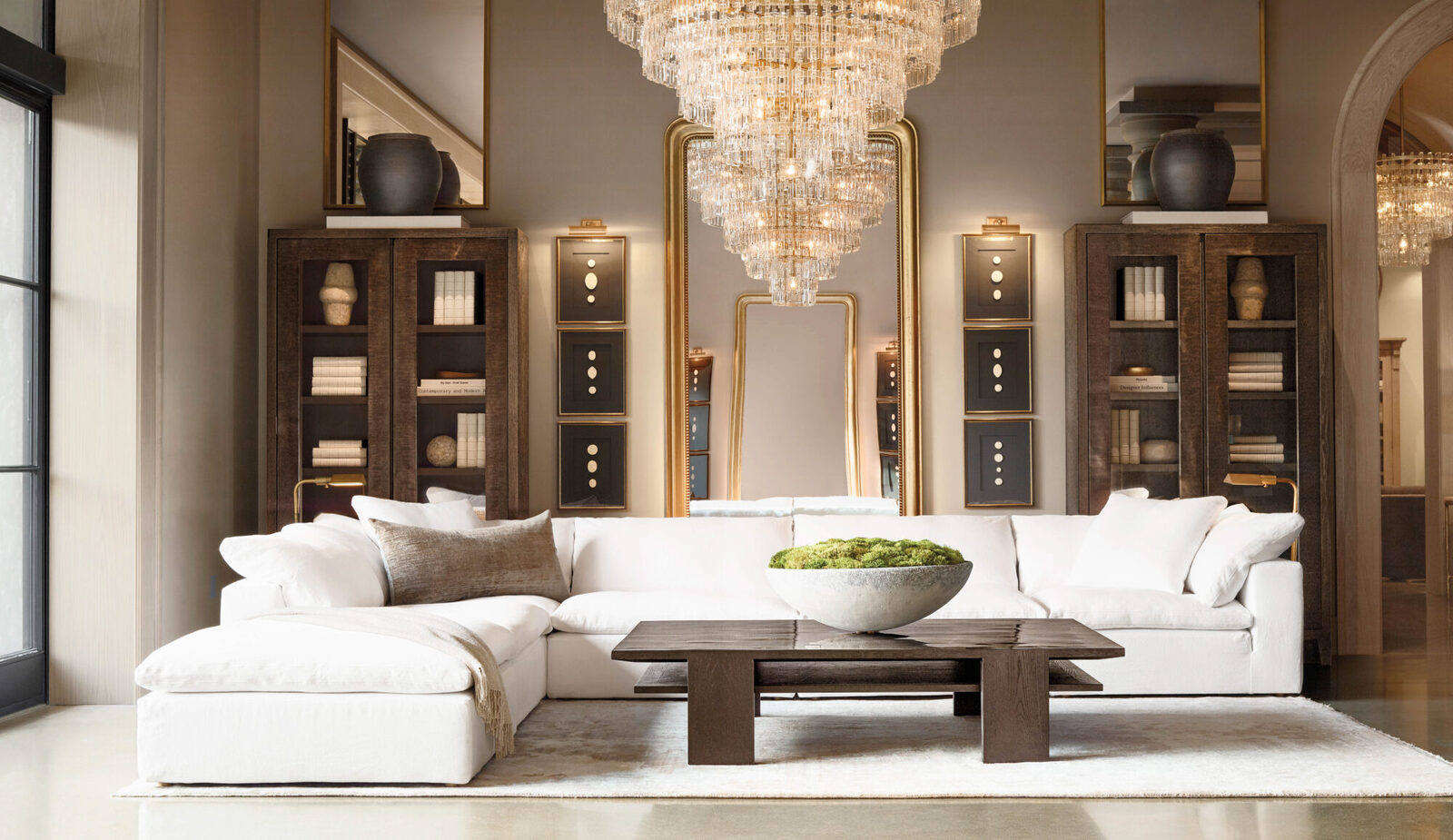
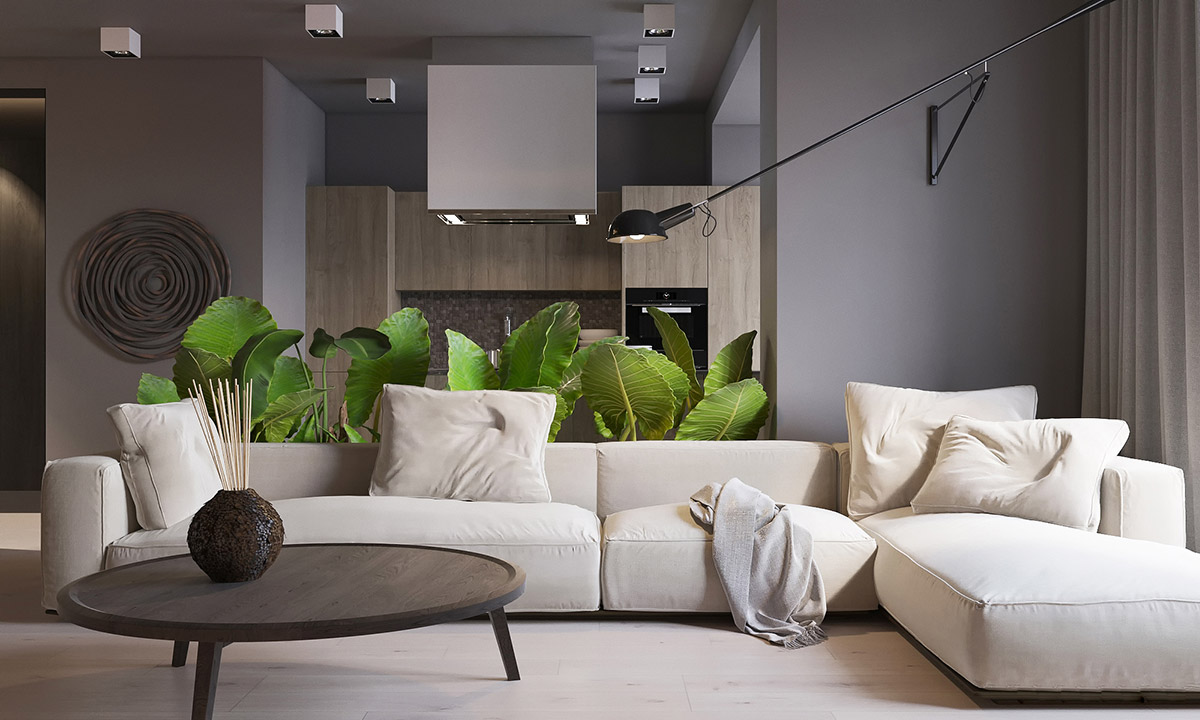
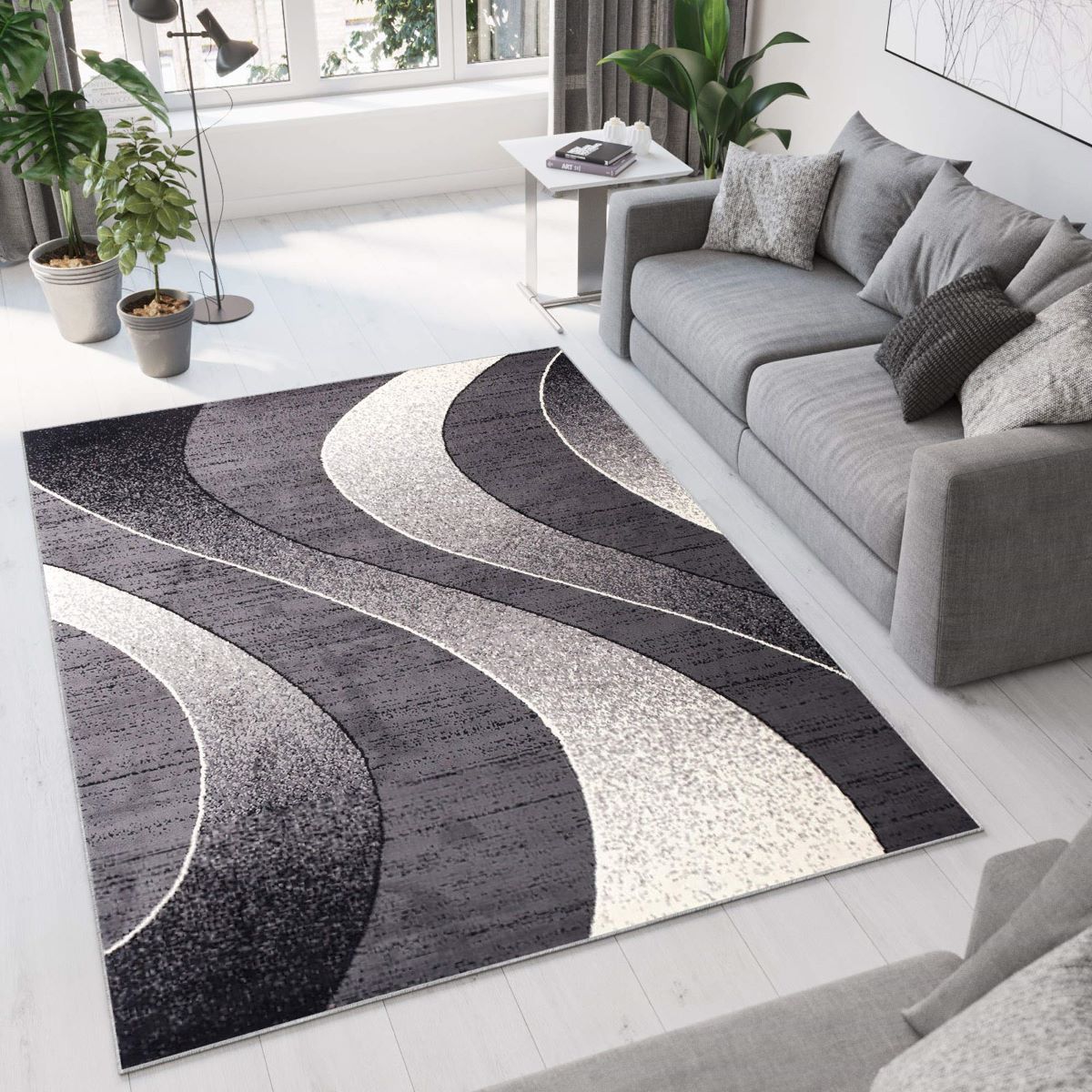
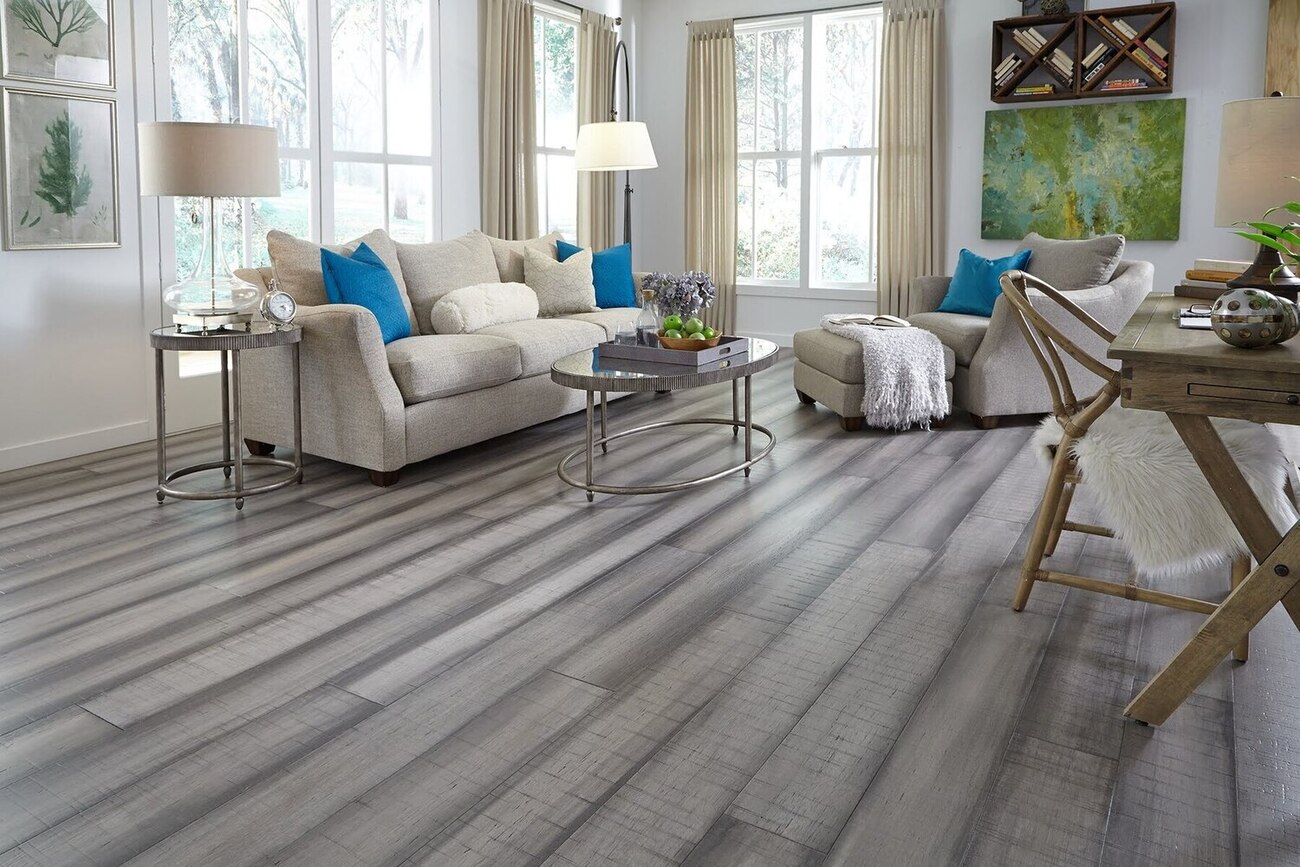

0 thoughts on “Minimalist Living Room Ideas: 15 Inspiring Pared Back Looks”